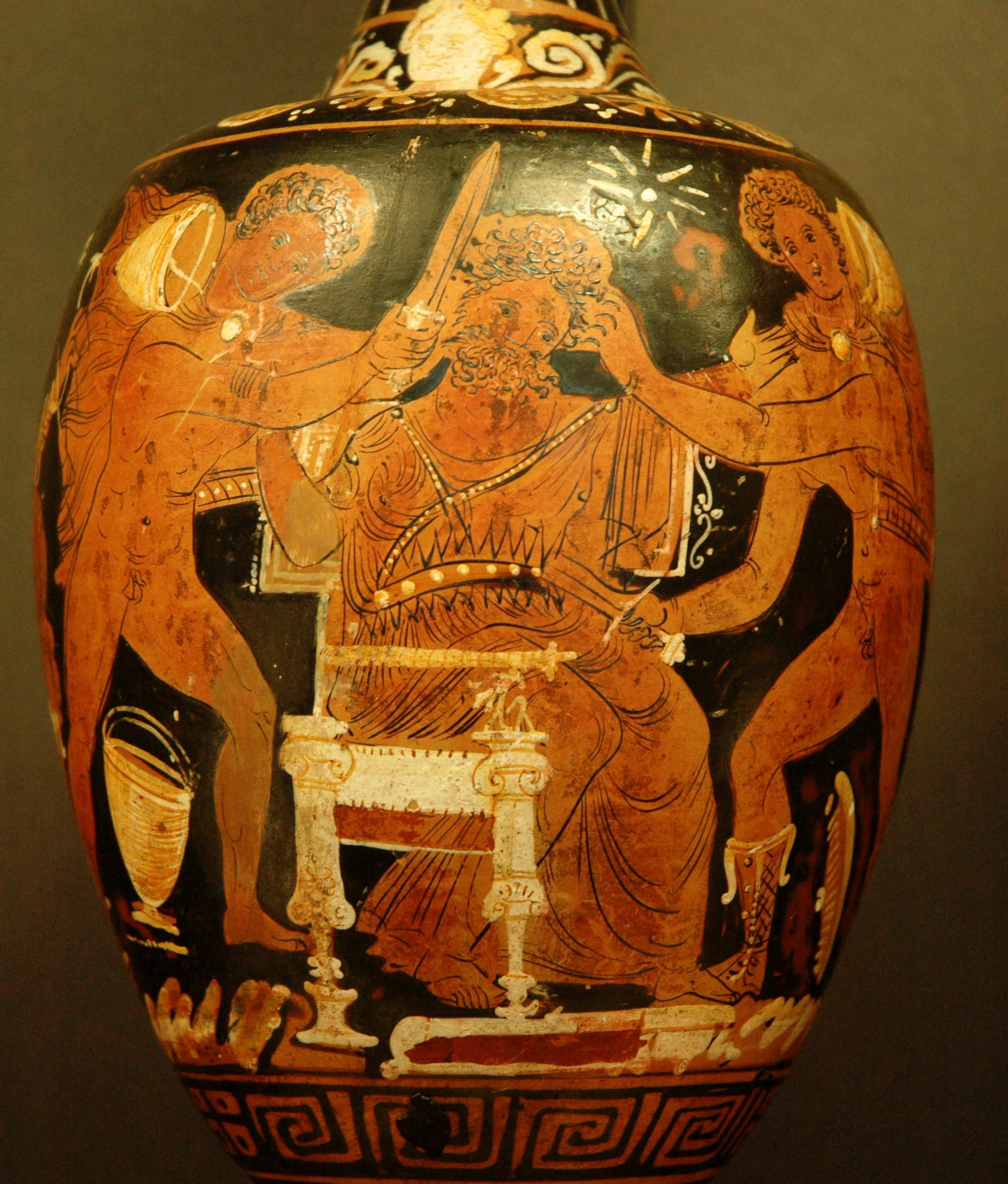|
Aegisthidae
Aegisthidae is a family of copepods Copepods (; meaning "oar-feet") are a group of small crustaceans found in nearly every freshwater and saltwater habitat. Some species are planktonic (inhabiting sea waters), some are benthic (living on the ocean floor), a number of species have p ... belonging to the order Harpacticoida. Genera Genera: * '' Aegisthus'' Giesbrecht, 1891 * '' Ameliotes'' Por, 1969 * '' Andromastax'' Conroy-Dalton & Huys, 1999 References {{Taxonbar, from=Q18341718 Copepods ... [...More Info...] [...Related Items...] OR: [Wikipedia] [Google] [Baidu] |
Harpacticoida
Harpacticoida is an order of copepods, in the subphylum Crustacea. This order comprises 463 genera and about 3,000 species; its members are benthic copepods found throughout the world in the marine environment (most families) and in fresh water (essentially the Ameiridae, Parastenocarididae and the Canthocamptidae). A few of them are planktonic or live in association with other organisms. Harpacticoida represents the second-largest meiofaunal group in marine sediments, after nematodes. In Arctic and Antarctic seas, Harpacticoida are common inhabitants of sea ice. The name Harpacticoida comes from the Greek noun ''harpacticon'' (rapacious predator) and the suffix ''-oid'' (akin to) and means ''reminiscent of a predator'' . Harpacticoids are distinguished from other copepods by the presence of only a very short pair of first antennae. The second pair of antennae are biramous, and the major joint within the body is located between the fourth and fifth body segments. They typicall ... [...More Info...] [...Related Items...] OR: [Wikipedia] [Google] [Baidu] |
Copepods
Copepods (; meaning "oar-feet") are a group of small crustaceans found in nearly every freshwater and saltwater habitat. Some species are planktonic (inhabiting sea waters), some are benthic (living on the ocean floor), a number of species have parasitic phases, and some continental species may live in limnoterrestrial habitats and other wet terrestrial places, such as swamps, under leaf fall in wet forests, bogs, springs, ephemeral ponds, and puddles, damp moss, or water-filled recesses ( phytotelmata) of plants such as bromeliads and pitcher plants. Many live underground in marine and freshwater caves, sinkholes, or stream beds. Copepods are sometimes used as biodiversity indicators. As with other crustaceans, copepods have a larval form. For copepods, the egg hatches into a nauplius form, with a head and a tail but no true thorax or abdomen. The larva molts several times until it resembles the adult and then, after more molts, achieves adult development. The nauplius form i ... [...More Info...] [...Related Items...] OR: [Wikipedia] [Google] [Baidu] |
Aegisthus
Aegisthus (; grc, Αἴγισθος; also transliterated as Aigisthos, ) was a figure in Greek mythology. Aegisthus is known from two primary sources: the first is Homer's ''Odyssey'', believed to have been first written down by Homer at the end of the 8th century BCE, and the second from Aeschylus's ''Oresteia'', written in the 5th century BCE. Aegisthus also features heavily in the action of Euripides's '' Electra'' ( 420 BCE), although his character remains offstage. Family Aegisthus was the son of Thyestes and Thyestes's own daughter Pelopia, an incestuous union motivated by his father's rivalry with the house of Atreus for the throne of Mycenae. Aegisthus murdered Atreus in order to restore his father to power, ruling jointly with him, only to be driven from power by Atreus's son Agamemnon. In another version, Aegisthus was the sole surviving son of Thyestes after Atreus killed his brother's children and served them to Thyestes in a meal. While Agamemnon laid siege to T ... [...More Info...] [...Related Items...] OR: [Wikipedia] [Google] [Baidu] |

